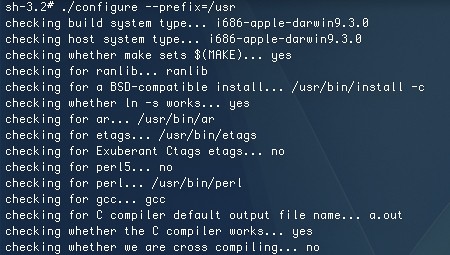
[Tanya Andersen], the defendant in Atlantic v. Andersen, has finally been paid $107,951 for reimbursement of legal fees. RIAA lawyers had appealed to get the amount reduced and originally offered $30,000 then $60,000, but [Andersen]’s lawyers convinced the judge to uphold the six-figure sum.
This is a significant setback for industry lawyers who often use illegal discovery techniques and have been criticized for using overly-litigious legal strategies to force defendants to settle. Sadly though, the payout only covers [Andersen]’s legal fees and doesn’t offer any compensation for damages, but a counter-suit filed in Portland, Oregon seeks exactly that. Here’s hoping her lawyers [Lory Lybeck] and [Ben Justus] continue to set favorable legal precedents for defendants of these lawsuits.
As far as the technical side of the discovery methods go, there are many ways to keep the RIAA off your back. The simplest is to disable your P2P client’s available file listing or turning off outbound traffic altogether. Other ways are to use encryption (although this is usually to get around ISP blocks) or download to an offsite machine. Hopefully, though, this judgment and eventual payout will make the recording companies reconsider the amount of lawsuits they file and to use less aggressive legal tactics.












